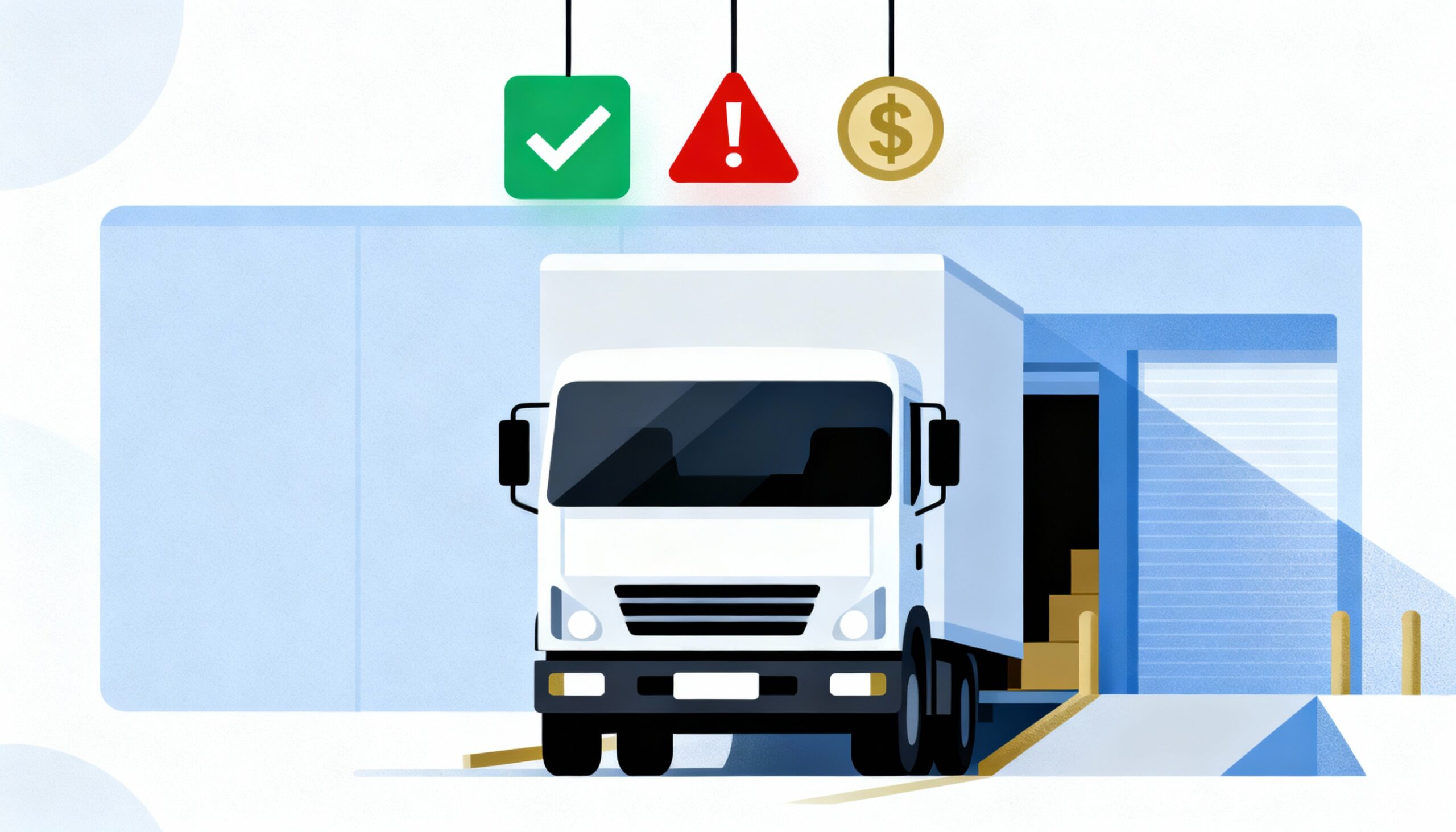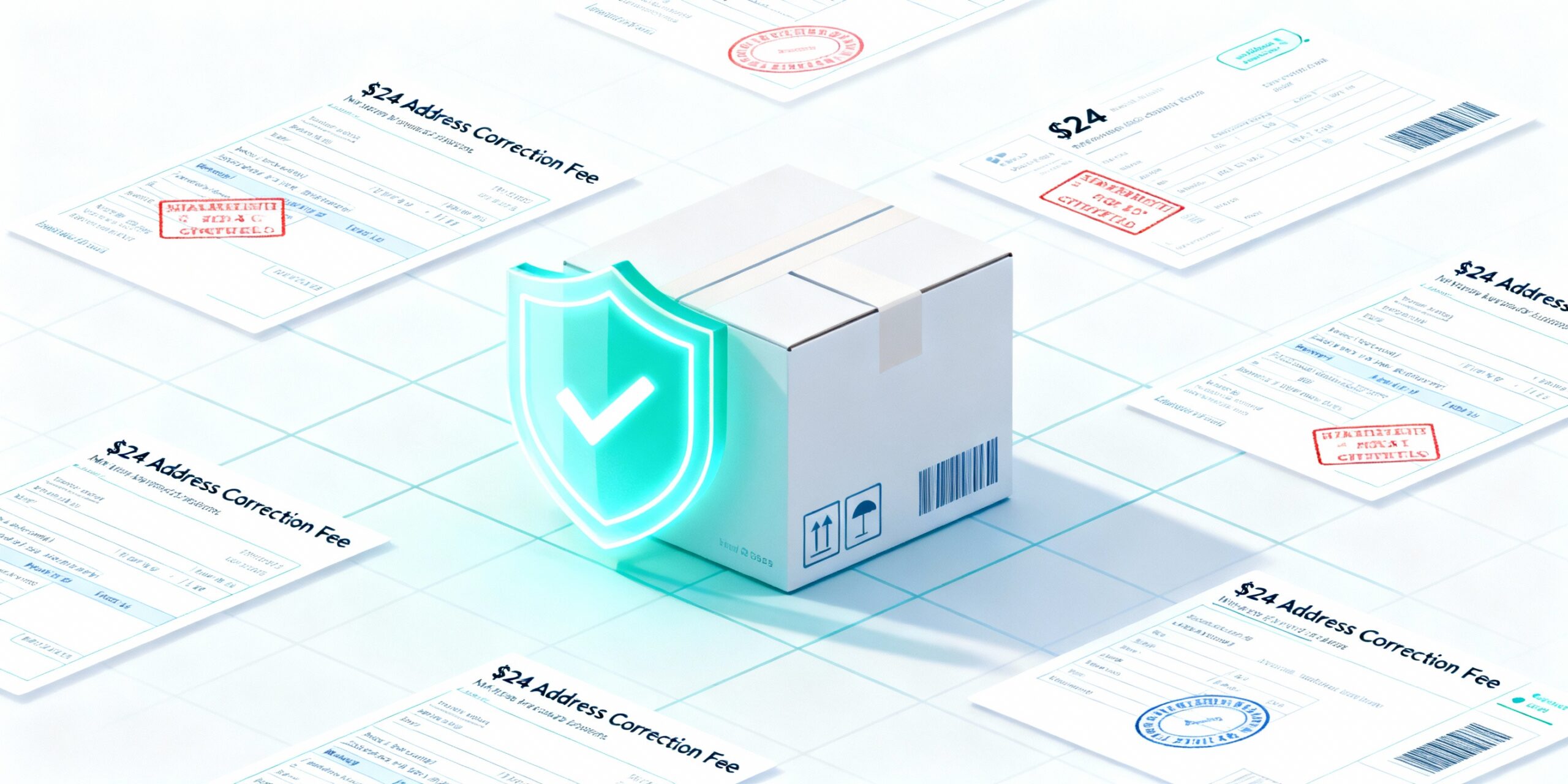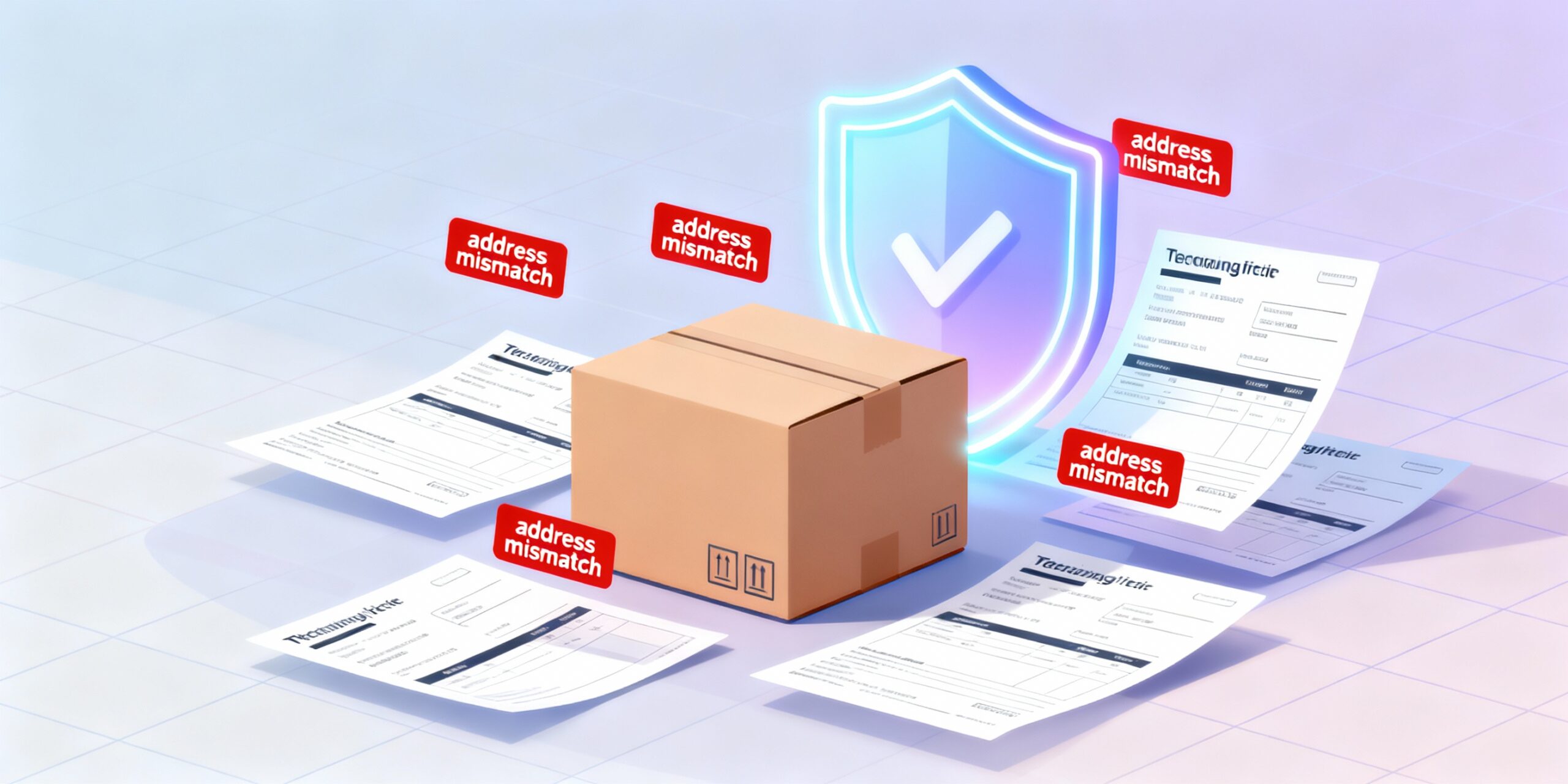I’ve seen inside the fulfillment ops of dozens of DTC brands.
They all have the same hidden cash bonfire: carrier surcharges.
Real talk: Up to 80% of your freight invoices have errors.
Think about that. The bill you pay without a second thought is wrong most of the time.
This isn’t a rounding error. It’s a systemic bleed on your profit margin.
This is a five-alarm fire for your P&L right now.
These aren’t just old mistakes. Carriers are turning up the heat.
We’re looking at a 2025 USPS Ground Advantage increase of 3.9%. That pesky overweight/oversized fee? It’s doubling from $100 to $200.
And it’s not just parcel. For 2026, analysts are projecting LTL rate increases between 5.9% and 7.2%.
This is your cost-per-shipment getting torched. It directly attacks your margins when you can’t afford it.
Most brands play defense with invoice audits.
The baseline move is to audit every invoice. It’s tedious, but necessary. You have to manually check your bill of lading against the invoice, every line item against your rates, and every single accessorial charge.
You’re hunting for the usual suspects: incorrect rates, duplicate charges, and the big one—misapplied surcharges. This is where carriers make a killing on things like address corrections, residential delivery fees, and dimensional weight miscalculations.
Doing this work pays off. Most companies that start auditing recover 5-8% of their total freight spend.
One printing company I saw found over $20,000 in savings. Per month. Just from catching address correction fees.
But here’s the thing. Auditing just catches mistakes after they’ve happened.
It’s a reactive game of whack-a-mole. You’re cleaning up a mess, not preventing it.
The real win isn’t finding mistakes. It’s building a system where mistakes can’t happen.
You have to move upstream.
Proactive address validation stops 70% of these surcharges cold.
It’s the single highest-leverage move you can make.
The mechanism is simple: an address validation tool checks, cleans, and standardizes every address before a shipping label is ever printed.
It confirms if an address is residential or commercial.
It catches typos in street names.
It adds missing apartment numbers.
No bad address, no address correction fee. No residential vs. commercial mix-up, no surprise residential delivery surcharge.
Simple.
This isn’t some fringe tactic. It’s the easiest on-ramp to automation. Right now, 72% of businesses are shifting to automated solutions to fight these costs.
While everyone else is wrestling with complex AI, you can kill most of your surcharge problem with one tool.
You stop playing defense. You start playing offense.
Stop reading and start doing.
- Pull your last three carrier invoices.
- Do a simple text search for “Address Correction.” Tally up the total cost.
- Go implement an address validation tool today.
That’s it. Go fix it.





